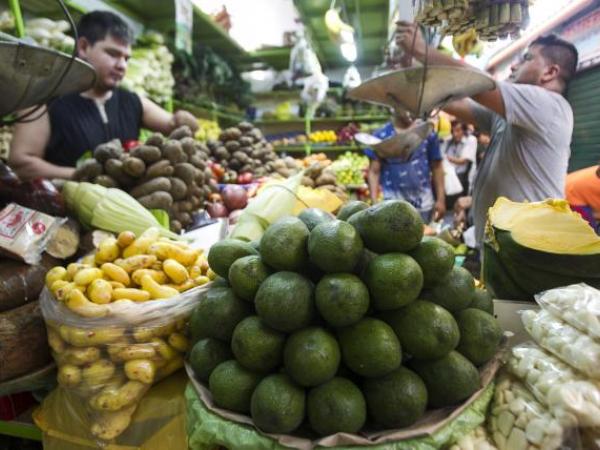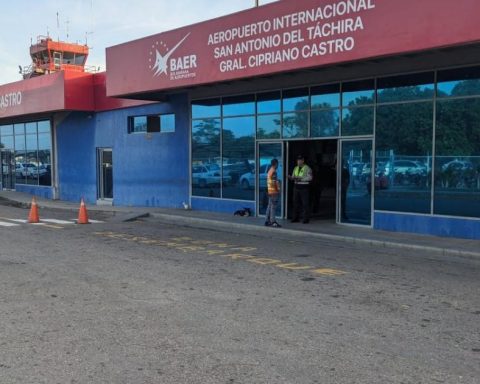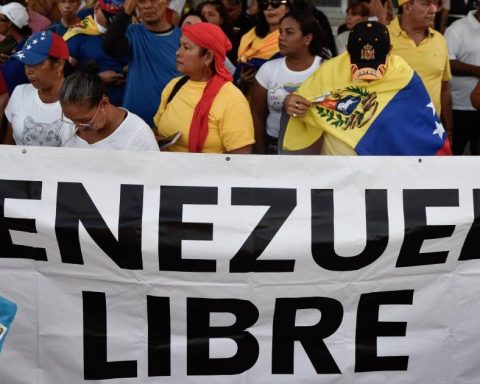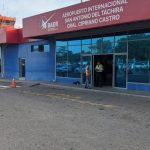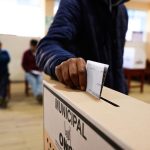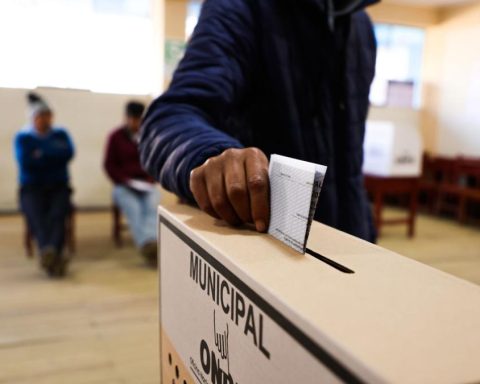Once the first days of the April inflation data hangover have passed, the market begins to draw what could be the path to follow for the cost of living for colombians in the remainder of the second quarter and the remainder of the year.
(Inflation deepens the debate ahead of presidential elections).
It is worth remembering that the Consumer Price Index (CPI) registered a monthly figure of 1.25% for the fourth month of the year, which led to a cost of living of 5.66% in the year to date and 9.23% annually. The latter surprised the market, which was expecting an annual figure in a range between 8.80% and 9%.
“Indeed, the data exceeded market expectations and also ours. That 9.23% inflation for the month of April is not good news because it shows that, in effect, there is an acceleration in that inflation trend compared to what the market expected,” said Luis Fernando Mejía, director of the center. economic studies Fedesarrollo.
(Food in Colombia: while some go up, others go down in price).
In fact, complements Mejía, this figure compromises the future perspectives of inflation, which before the data was estimated at 7% for the end of the year and will surely be adjusted upwards now.
“It’s an ugly start to the second quarter, with inflation rising at the highest rate since the mid-2000s, and challenging in the near term due to high commodity prices, still-resilient domestic demand and persistent supply problems,” said Andrés Abadía, chief economist for Latin America at the consulting firm Pantheon Macroeconomics.
In last Thursday’s report, the National Administrative Department of Statistics (Dane) also indicated the behavior of the different CPI baskets that give an overview of how the cost of living for Colombians is moving.
One of the baskets is that of the total CPI that does not take into account energy or food. Here, a monthly variation of 0.85% was registered, which led to an annual variation of 5.44%, much more than double the figure for 2021.
WHAT’S COMING
The rampant inflation experienced in Colombia is the product of a host of internal and foreign factors.
Among the latter, the Russian invasion of Ukraine, a situation that is increasing the prices of raw materials, such as wheat or fertilizers, which directly impacts final products such as milk or bread. The other is the delays in world trade chains due to the current zero covid-19 policy in China.
“The bottleneck effects that we have at the moment in international maritime transport are going to keep the prices of supplies and food very high,” said Sergio Olarte, chief economist at Scotiabank Colpatria.
From the domestic side, says Laura Peña, an economist at Bbva Research, factors such as “the government decision on gasoline prices and effects on imports due to exchange rate depreciation” will also affect, among others.
On the other hand, there is a slight consensus among analysts on the cost of living moderation for Colombians, which “should” begin to be felt for this second quarter and the second half of the year.
“We believe that it will effectively begin to decrease from the second half of this year, probably in May or June, and this is partly associated with the base effect, where, for example, we find in May 2021, high food inflation as a result of the blockades. and that is going to play in favor of the inflation data in May”, said Luis Fernando Mejía, from Fedesarrollo.
Now, according to the director of the study center, beyond the data, the detail falls that the reduction “will begin at a higher point than the market estimated” and that implies that the cost of living for Colombians ” it will end up higher than the market estimated”, perhaps by 8% in December, according to the investigations carried out.
Under this idea of a slight reduction, but closing on market expectations are also Itaú’s new estimates with an inflation of 7.3% at the end of the year; 8.5% for JP Morgan and 8% for Pantheon Macroeconomics.
However, analysts agree that the Banco de la República has in its hands a key to counteract inflation: a more aggressive increase in the interest rate where JP Morgan sees an increase of 150 points and Mejía of 125.
ROBERTO CASAS LUGO
BRIEFCASE
